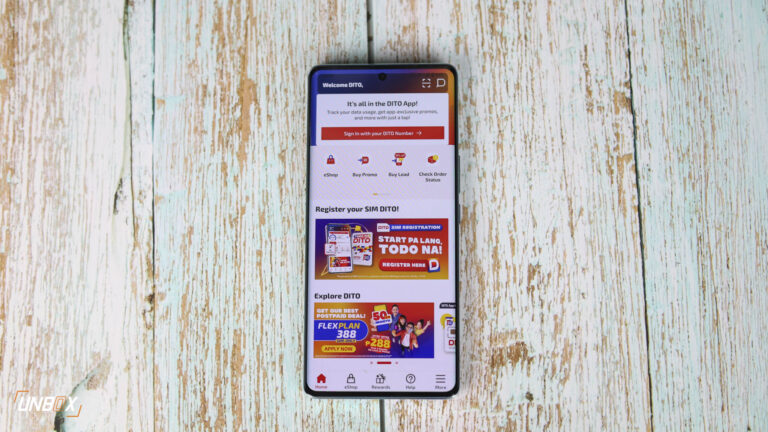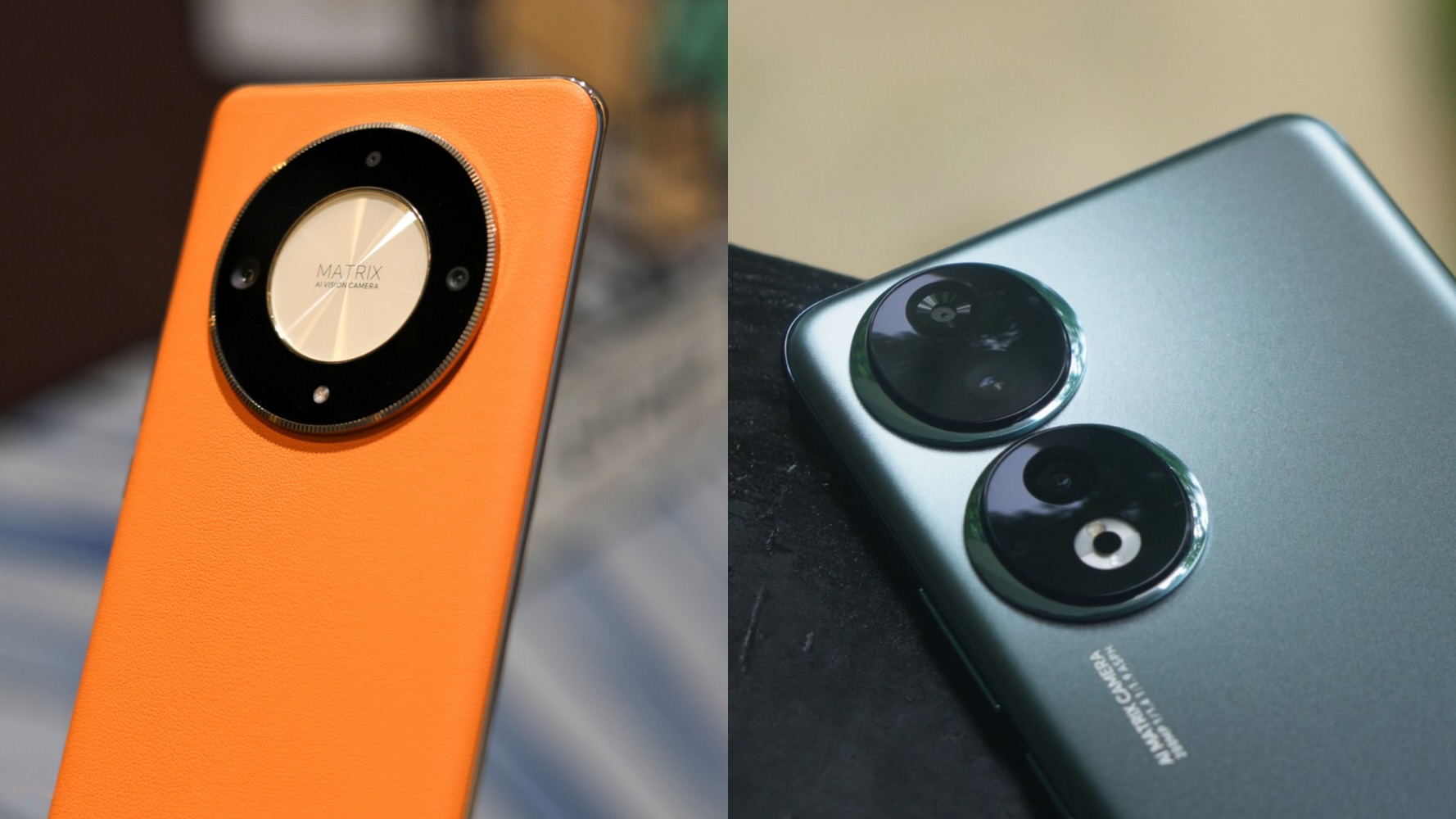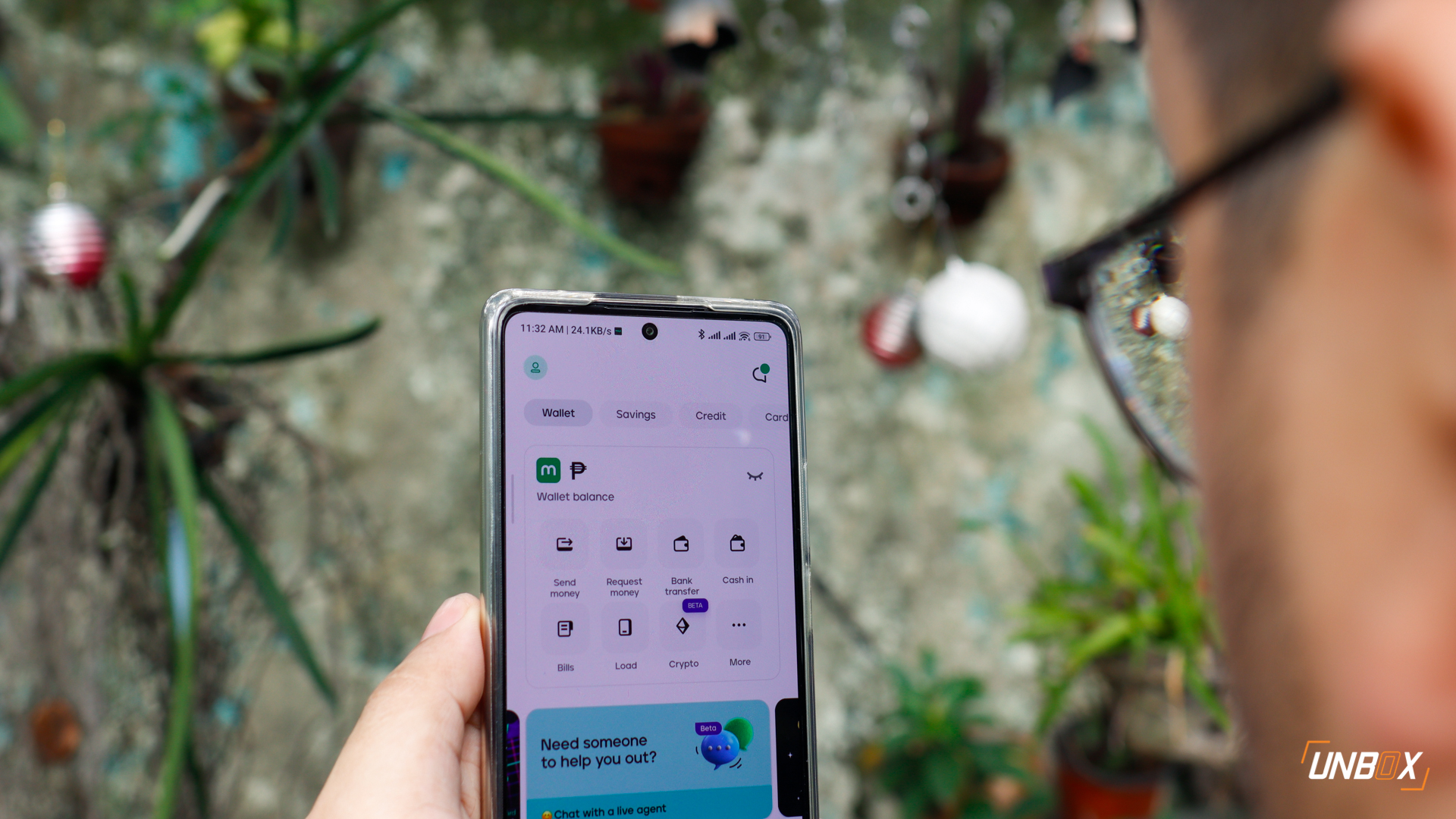We review the OPPO A71!
When OPPO marketed the A71 as a speedy entry level smartphone, it made me curious at its capabilities. Given the rising prices of phones nowadays, especially flagship models, it is a rare occasion for established brands like OPPO to produce phones with decent mid-range specs while pegging the price at below Php 9K. Does the A71 live up to its “Speedy Operation” tagline?
OPPO A71 Specs
- 1.5GHz MediaTek MT6750 octa-core processor
- Mali-T820 MP2 GPU
- 3GB of RAM
- 16GB of expandable storage (up to 256GB via microSD)
- 5.2-inch HD IPS display, 1280 x 720 resolution
- 13-megapixel rear camera, f/2.2 aperture, PDAF, LED flash
- 5-megapixel front camera, f/2.4 aperture
- 4G, LTE
- Dual SIM
- Wi-Fi, Bluetooth
- GPS, A-GPS
- Android 7.1 Nougat with Color OS 3.1
- 3000mAh battery
Design: Sleek look with a dose of inspiration from the iPhone 7

Whether you get the Champagne or Black variant (we were lent the Black model for this review), the A71 looks premium, design wise. The rear makes use of a matte polycarbonate unibody shell, with its overall design reminiscent of Apple’s iPhone 7. The logo is decked in metallic silver, while you have your 13-megapixel camera and LED flash at the upper left corner. There’s a protrusion with the camera, but it should not be a problem since the A71 comes with a silicone case to protect it from accidental scratches.

You have your headphone jack on the phone’s top.

On the phone’s left side, you have your volume control buttons.

On the phone’s right side, you have your power button and SIM tray, which holds two Nano-SIMs and a MicroSD card.

At the phone’s bottom, you have your grilles housing the speaker and microphone, along with a MicroUSB. Just like the phone’s rear, the A71 got a few design cues from the iPhone 7 here.

For the front, you have your 5.2 inch HD IPS display, the 5-megapixel front camera on top of the display, and capacitive buttons at the bottom. There’s no fingerprint scanner in the A71—a slight disappointment, but then OPPO had to make a few compromises to give the A71 a good set of internals.
Performance: “Speedy Operation” indeed

With a MediaTek 6750 processor and 3GB RAM, the A71 is the cheapest phone with the said configuration. While it only comes with 16GB of internal storage, its internals are pretty good. The A71 scored 42133 in the AnTuTu benchmark test, which is pretty decent for a so-called entry level phone.

In real use, the A71 does live up to its slogan. I have been playing Future Fight on this phone at max settings, and it handles the game pretty well. In fact, I managed to do a little bit of multitasking between playing games and checking my social media accounts (specifically Facebook and Instagram) without worries of the phone lagging. In addition to that, the phone managed to keep temperatures steady, as the phone did not feel warm after playing Future Fight for an hour. That by itself should be notable, as phones within this price range tend to heat up when you do gaming.
While it only sports an HD display, the colors on the A71 do pop, and this is noticeable in watching videos and playing games. As it is running on Android Nougat, the A71 has support for multi-window. However, only a limited set of apps (GMail, YouTube, Facebook Messenger to name a few) support this function. I do hope that there will be support for Facebook and Instagram in the future.
Camera: Sharp shots, but colors do not pop out

While the A71’s 13-megapixel rear camera gives good detail, colors are less saturated as usual, which is noticeable during low light shots. Autofocus is quick, and capturing photos is snappy. The same can be said with the 5-megapixel front camera: While it is not Perfect Selfie levels, one can get decent selfies with it. The front camera’s bokeh mode works as advertised, making selfies stand out further. Should you not be satisfied with the colors, it is recommended to fiddle around with the camera’s various filter options.
As for features, the A71 has a decent 2x zoom for its rear camera, and both front and rear cameras have an option to utilize the phone’s whole screen as a viewfinder. While it boasts of an “Expert” mode (with a slow shutter setting for up to 16 seconds and a handy electronic level to keep your photos straight), I found it unappealing that the A71 lacks a RAW option, which could be useful to get the most out of each photo taken in this mode.
Battery: Definitely designed for endurance

With its 3000mAh battery paired with an HD display, I expect the A71 to endure through the day. In fact, it scored an impressive 10 hours and 19 minutes on PCMark’s battery test. The results hold true in real life tests: I have been using the A71 as my music player at home and for the car for several hours, in addition to playing games and using it for social media, and still have around less than 50% of power at the end of the day. It does not have support for quick charging, so fueling up the A71 to a 100 percent will take you around more than two hours.
Verdict: It’s a great entry-level phone

For a phone that is marketed as a “speedy” entry level phone, the A71 fits the bill. If you don’t mind having a fingerprint scanner, or can deal with a measly 16GB internal storage, then the A71 is a good choice. The camera may be so-so, but you can still use this as a daily shooter for your social media feeds. With its mid-range level internals, the A71 can definitely handle games at medium and (occasionally) high graphic settings. Bundled with its Php 8,990 price, the A71 is one of the best bang-for-the-buck phones out there that uses the latest Android OS. We do hope, however, that it gets an upgrade to Android Oreo in the future.




















































































